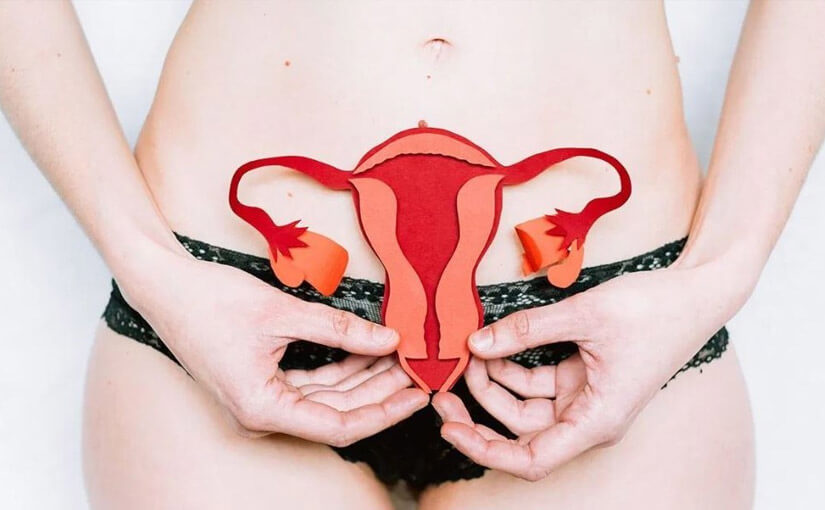Pathologists continue to encourage Australians, with focus on older women, to catch up on cervical screening tests, as national data shows screening participation is lowest in the 70-74 age group.
Cervical screening participation among those with a cervix
The National Cervical Screening Program monitoring report 2021 from the Australian Institute of Health and Welfare (AIHW) shows that over the 3-year period 2018-2020 only 56% of eligible people took part in cervical screening tests.1
The highest participation rate was for those aged 45-49 at 61%, but for those aged 65-69 participation was 55%, and only 27% of those aged 70-74 took part in cervical screening.
While it is unclear how much of an impact the pandemic has had on cervical screening uptake, routine healthcare participation was significantly affected, with pathology testing rates dropping by around 40 per cent2 in the first months of COVID-19 restrictions.
The National Cervical Screening Program changed from the ‘pap test’ screening model, with those aged 20-69 being tested every 2 years, to the renewed program where people with a cervix are advised to test every 5 years from age 25 to 74. The renewed cervical screening test looks for the Human Papillomavirus (HPV) known to cause the majority of cervical cancers.
As those aged 70-74 were not included in the previous screening model, awareness of the need to test and the availability of testing may be lower in this age group. Discomfort with the method of sample collection may also play a role in low participation rates, but changes have been made to make sample collection easier for patients.
Self-collect as a cervical screening option
In July 2022, self-collection of samples for cervical screening tests became available to all people with a cervix aged 25-74. This means patients will no longer need their doctor or nurse to insert a speculum to collect the cervical sample.
On behalf of Pathology Awareness Australia, Adjunct Professor Annabelle Farnsworth said: “The main thing to remember is that we still see cervical cancers occurring in those aged 45 and up who have no history of cancer screening. This group is also unvaccinated due to their age, and it breaks your heart when you know there is a screening program to prevent these cancers, but they haven’t accessed it for whatever reason.”
This week Adj. Prof Farnsworth encouraged GPs to offer self-collect to their patients and open the conversation with older women particularly.
Anyone who is unsure if they are due for a cervical screening test can ask their healthcare provider to check the National Cancer Screening Register to find out their status.
Adj. Prof Farnsworth added; “We also know that there are other groups who may have lower screening awareness such as people from culturally and linguistically diverse backgrounds, particularly those who came to Australia from countries without cancer screening programs. We also want to encourage awareness in the LGBTQI+ community, anyone who has a cervix should be screened. The beauty of self-collection is that anyone who was hesitant because they didn’t want the speculum examination can now take part in screening.”
Adj. Prof Farnsworth noted that the availability of self-collection was a good starting point for healthcare professionals to raise the topic of testing with under-screened people.
HPV & vaccination rates
Before the pandemic, Australia was leading in cervical cancer elimination due to prevention measures. A 2018 study in The Lancet noted that with a combination of screening and vaccination, Australia could be one of the first countries in the world to eliminate cervical cancer as a public health problem and could do so by 2035.3
However, most women in their 50s, 60s and 70s would not have been vaccinated against HPV, as the National HPV Vaccination Program in schools only began in 2007. Liz Ham, National Health Promotion Manager at Australian Cervical Cancer Foundation said:
“Although we do have great vaccine coverage in Australia due to the vaccination program in schools, there is a cohort of middle-aged and older Australians who missed out on vaccination and can therefore be vulnerable to HPV infection. Migration and travel also mean that some people in Australia are not vaccinated because of where they were born. The vaccine also doesn’t cover every strain of HPV so cervical screening continues to be an important part of cervical cancer prevention.”
Eliminating cervical cancer relies on participation in the HPV vaccination and screening programs in order to effectively diagnose and prevent cancers.
Jean Hailes for Women’s Health CEO Janet Michelmore AO said: “We are keen to remind women about health checks they may have missed due to lockdowns and the pandemic creating disruption in people’s lives. It may seem easy to put off check-ups when so much else is going on, especially if you feel well, but cancer doesn’t discriminate. Early diagnosis is beneficial for almost any health condition so please don’t put off vital screening tests.”
Delayed diagnosis of cervical cancer could lead to the need for more invasive treatment. In 2019, 179 women aged 25–74 died from cervical cancer.1
Read more about how low participation in the national cervical screening program puts Australians at risk of avoidable cancers.
References:
- National Cervical Screening Program monitoring report 2021, downloadable here: https://www.aihw.gov.au/reports/cancer-screening/national-cervical-screening-program-monitoring-rep/formats
- https://www1.racgp.org.au/newsgp/clinical/drastic-drops-in-cancer-and-heart-attack-patients
- https://www.thelancet.com/journals/lanpub/article/PIIS2468-2667%2818%2930183-X/fulltext

